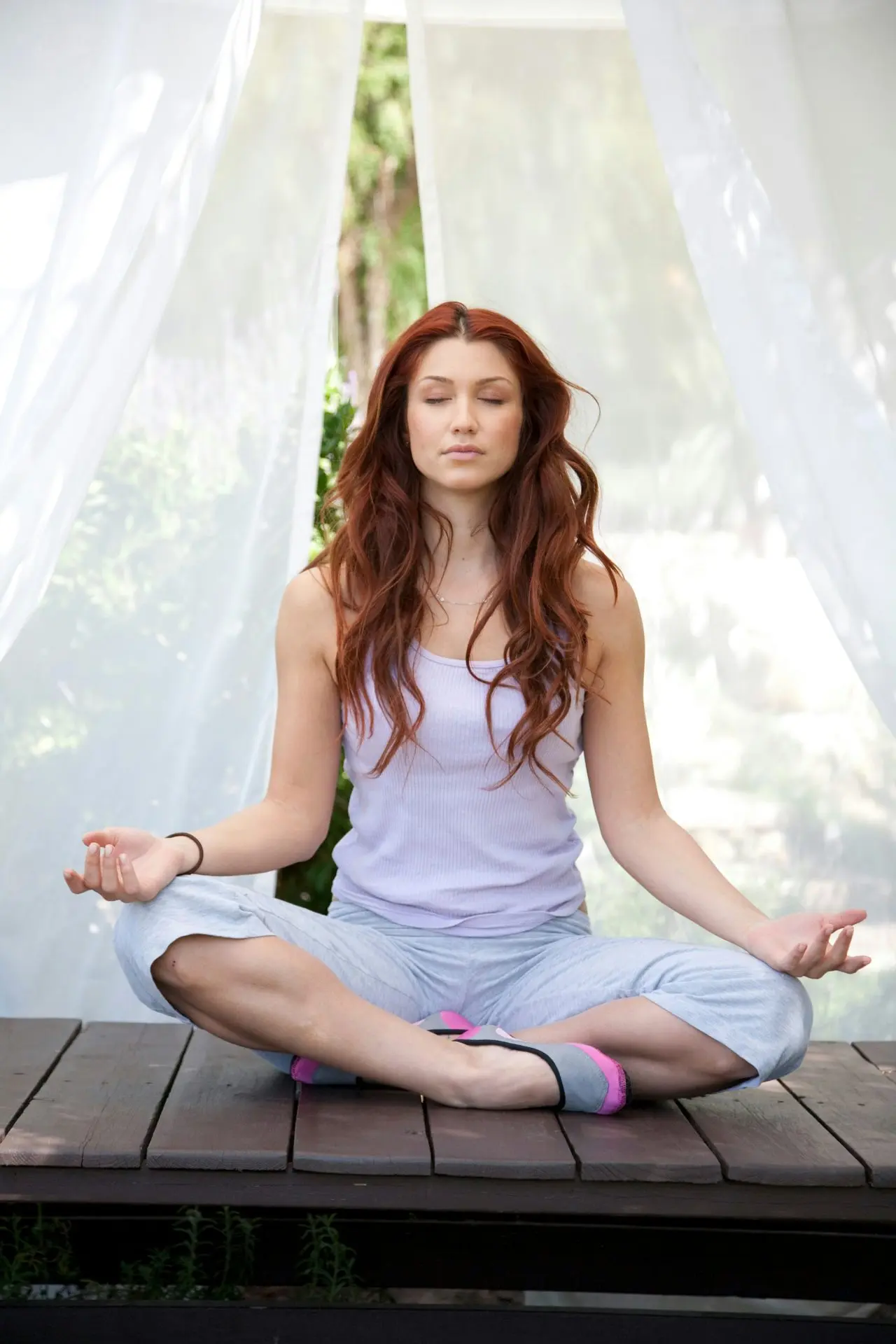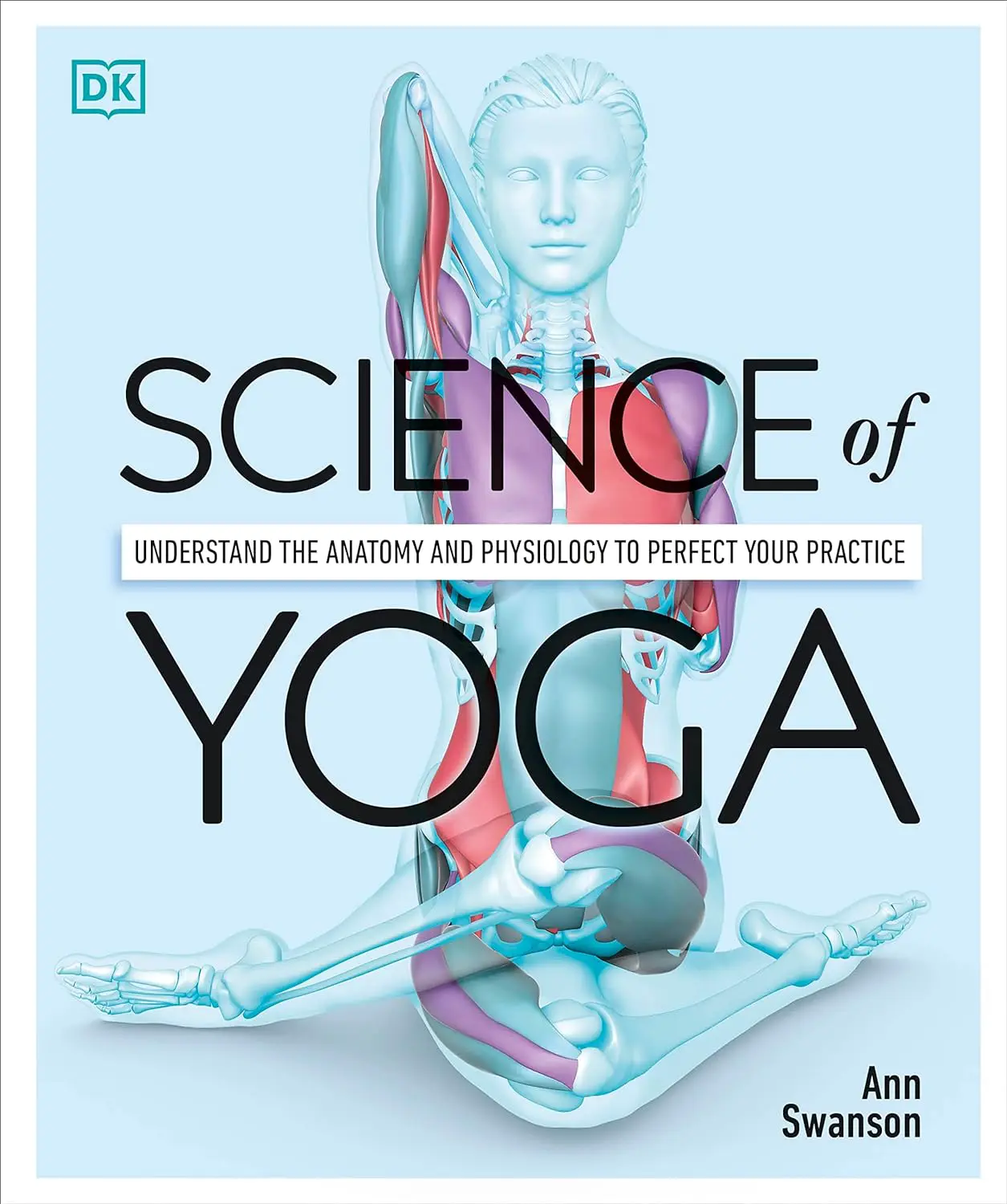Yoga for Meditation: Finding Stillness

Looking for more amazing products? Check out our online store and explore our collection here! Happy shopping!
Before diving in, please note: This post is for informational purposes only. If you’d like to know more about how we approach topics, feel free to check out our friendly Disclaimer Page.
Hey there, amazing readers! 
We’re committed to delivering quality posts, and your support (even just sticking around despite the ads) means everything to us. So, bear with us, and thanks for helping us keep the good vibes rolling. Now, on to the fun stuff!
TRANSLATE BUTTON AT THE END OF THE ARTICLE
Introduction to Using Yoga for Meditation
Yoga and meditation have long been intertwined practices that complement each other beautifully.
While yoga focuses on physical postures and breath control, meditation delves into mental stillness and mindfulness.
When combined, these practices create a powerful tool for finding inner peace and tranquility.
Yoga for meditation is not just about stretching your body; it’s about stretching your mind and soul as well.
By incorporating yoga into your meditation routine, you can deepen your practice and cultivate a sense of calm that extends beyond the mat.
Benefits of Incorporating Yoga into Meditation
The benefits of incorporating yoga into your meditation practice are numerous and far-reaching.
By combining these two practices, you can experience:
Improved focus and concentration: Yoga helps to quiet the mind and prepare it for meditation, making it easier to stay present and focused during your practice.
Enhanced mind-body connection: Yoga postures help you become more aware of your body, allowing you to better understand how your physical sensations are connected to your emotional and mental states.
Stress reduction: Both yoga and meditation are known for their stress-relieving properties, helping to lower cortisol levels and promote a sense of calm.
Increased flexibility and strength: Yoga poses improve flexibility and strength, making it easier to sit comfortably for longer periods during meditation.
Emotional balance: The combination of yoga and meditation can help you regulate your emotions and find a sense of inner peace even in challenging situations.
Understanding the Connection Between Yoga and Stillness
The connection between yoga and stillness lies in the practice of mindfulness.
Mindfulness is the key to finding stillness both on and off the mat.
By bringing your awareness to the present moment and observing your thoughts without judgment, you can cultivate a sense of inner calm that transcends the chaos of everyday life.
Yoga helps to prepare the body for stillness by releasing physical tension and creating a sense of ease, while meditation deepens this stillness by quieting the mind and allowing you to connect with your inner self.
How Yoga Poses Can Facilitate a Meditative State
Yoga poses, or asanas, are not just physical exercises; they are tools for cultivating a meditative state.
Each pose is designed to create a specific physical and mental experience, helping you to deepen your awareness and focus.
By moving mindfully through each pose and paying attention to your breath, you can create a sense of presence and stillness that prepares you for meditation.
Poses like Child’s Pose, Corpse Pose, and Lotus Pose are particularly beneficial for quieting the mind and opening the heart, making them ideal for transitioning into a meditative state.
Breathing Techniques for Deepening Meditation in Yoga
Breath is the bridge between the body and the mind, and in yoga meditation, it plays a crucial role in deepening your practice.
By incorporating specific breathing techniques, or pranayama, you can enhance your ability to find stillness and focus during meditation.
Techniques like diaphragmatic breathing, alternate nostril breathing, and ujjayi breath can help calm the nervous system, quiet the mind, and create a sense of inner peace.
By paying attention to your breath and using it as an anchor for your awareness, you can cultivate a deep sense of presence and connection within yourself.
Creating a Sacred Space for Yoga Meditation
Creating a sacred space for your yoga meditation practice is essential for cultivating a sense of peace and tranquility.
Your sacred space should be a place where you feel calm, safe, and supported, free from distractions and external influences.
You can enhance your space by:
Setting up an altar with meaningful objects like candles, crystals, or images that inspire you
Using aromatherapy with essential oils like lavender or frankincense to create a calming atmosphere
Playing soft, instrumental music or nature sounds to enhance the sense of relaxation
Keeping your space clean and clutter-free to promote a sense of serenity and order
By creating a sacred space for your practice, you can signal to yourself and the universe that you are ready to dive deep into your meditation and yoga journey.
Tips for Beginners to Start a Yoga Meditation Practice
Starting a yoga meditation practice can be both exciting and daunting for beginners.
Here are some tips to help you get started on your journey:
Start with short sessions: Begin with just a few minutes of yoga and meditation each day, gradually increasing the length as you become more comfortable.
Find a comfortable seat: Choose a seated position that allows you to sit upright with ease, whether on the floor with a cushion or in a chair.
Focus on your breath: Pay attention to your breath as you move through yoga poses and transition into meditation, using it as a guide for your practice.
Be patient with yourself: Remember that yoga and meditation are practices that evolve over time, so be gentle and kind to yourself as you navigate this new journey.
Seek guidance: Consider taking a class with a qualified yoga and meditation teacher to receive personalized instruction and support as you begin your practice.
Exploring Different Styles of Yoga for Meditation
There are many different styles of yoga that can be adapted for meditation practice, each offering unique benefits and experiences.
Some popular styles include:
Hatha Yoga: A gentle and slow-paced practice that focuses on basic poses and breath control, making it ideal for beginners.
Vinyasa Yoga: A dynamic and flowing practice that links movement with breath, promoting a sense of meditation in motion.
Yin Yoga: A slow and passive practice that targets deep connective tissues and joints, allowing for long-held poses that encourage introspection and stillness.
Restorative Yoga: A deeply relaxing practice that uses props to support the body in gentle poses, promoting deep relaxation and rejuvenation.
By exploring different styles of yoga, you can find one that resonates with you and supports your meditation practice in a way that feels authentic and beneficial.
Incorporating Mindfulness into Your Yoga Practice
Mindfulness is a fundamental aspect of both yoga and meditation, emphasizing present-moment awareness and non-judgmental observation.
By incorporating mindfulness into your yoga practice, you can deepen your connection to your body, breath, and inner self.
To cultivate mindfulness in your practice:
Focus on the sensations in your body as you move through each pose, noticing areas of tension or release.
Pay attention to your breath, using it as a guide to anchor your awareness in the present moment.
Practice non-judgmental observation of your thoughts and emotions, allowing them to arise and pass without attachment or aversion.
Stay present throughout your practice, bringing your awareness back to the breath whenever distractions arise.
By incorporating mindfulness into your yoga practice, you can enhance your ability to find stillness and cultivate inner peace both on and off the mat.
Yoga Nidra: A Guided Meditation Practice in Yoga
Yoga Nidra, or yogic sleep, is a guided meditation practice that induces deep relaxation and a state of conscious sleep.
During Yoga Nidra, you are guided through a series of body scans, breath awareness, and visualizations to help you enter a state of complete relaxation and stillness.
This practice is often done lying down, making it accessible to all practitioners, regardless of physical ability.
Yoga Nidra is known for its ability to reduce stress, improve sleep, and promote overall well-being by calming the nervous system and quieting the mind.
By incorporating Yoga Nidra into your yoga meditation practice, you can experience profound levels of relaxation and inner peace.
Overcoming Challenges in Finding Stillness Through Yoga
Finding stillness through yoga meditation can be challenging, especially in today’s fast-paced world.
Some common challenges that may arise include:
Restlessness: Difficulty sitting still or quieting the mind due to racing thoughts and distractions.
Physical discomfort: Pain or tension in the body that makes it hard to find ease and relaxation.
Impatience: A desire for quick results or an inability to stay present and committed to the practice.
Resistance: Fear or aversion to exploring deeper emotions or aspects of the self that arise during meditation.
Lack of time: Finding it challenging to carve out dedicated time for yoga and meditation amidst a busy schedule.
To overcome these challenges, it’s essential to approach your practice with patience, compassion, and persistence.
Remember that finding stillness is a journey, not a destination, and that each moment of presence and awareness brings you closer to inner peace and tranquility.
The Transformative Power of Yoga for Cultivating Inner Peace
Yoga has a transformative power to cultivate inner peace by integrating the mind, body, and spirit in a harmonious way.
Through the practice of yoga for meditation, you can tap into the inherent stillness and wisdom that lies within you, allowing it to guide you towards a deeper sense of peace and fulfillment.
By combining physical movement, breath awareness, and mindfulness, yoga creates a pathway to connect with your true essence and align with the universal flow of life.
As you continue to practice yoga for meditation, you will discover a profound sense of inner peace that radiates outwards, transforming not only yourself but also the world around you.
Embrace the transformative power of yoga and immerse yourself in the journey of finding stillness within.
Conclusion
In conclusion, yoga for meditation is a powerful practice that can help you find stillness amidst the chaos of daily life.
By incorporating yoga into your meditation routine, you can experience a deeper sense of peace, presence, and connection within yourself.
Through mindful movement, breath awareness, and guided meditation practices like Yoga Nidra, you can cultivate inner peace and transform your relationship with yourself and the world around you.
Remember that finding stillness is a journey that requires patience, dedication, and a willingness to explore the depths of your being.
Embrace the transformative power of yoga for cultivating inner peace, and let it guide you on a path towards greater self-discovery and enlightenment.
Begin your journey today and unlock the secrets of stillness through the practice of yoga for meditation.

The Enlightenment Journey is a remarkable collection of writings authored by a distinguished group of experts in the fields of spirituality, new age, and esoteric knowledge.
This anthology features a diverse assembly of well-experienced authors who bring their profound insights and credible perspectives to the forefront.
Each contributor possesses a wealth of knowledge and wisdom, making them authorities in their respective domains.
Together, they offer readers a transformative journey into the realms of spiritual growth, self-discovery, and esoteric enlightenment.
The Enlightenment Journey is a testament to the collective expertise of these luminaries, providing readers with a rich tapestry of ideas and information to illuminate their spiritual path.
Our Diverse Expertise
While our primary focus is on spirituality and esotericism, we are equally passionate about exploring a wide range of other topics and niches 

To ensure we provide the most accurate and valuable insights, we collaborate with trusted experts in their respective domains 
Our blog originally focused on spirituality and metaphysics, but we’ve since expanded to cover a wide range of niches. Don’t worry—we continue to publish a lot of articles on spirituality! Frequently visit our blog to explore our diverse content and stay tuned for more insightful reads.
Hey there, amazing reader! 
Check out our store here and take a peek at some of our featured products below! Thanks for being awesome!












